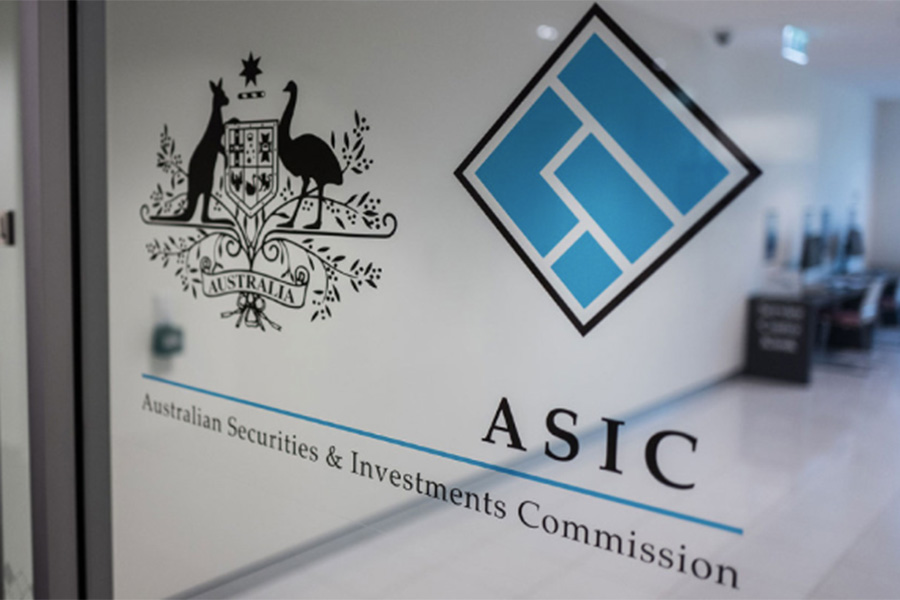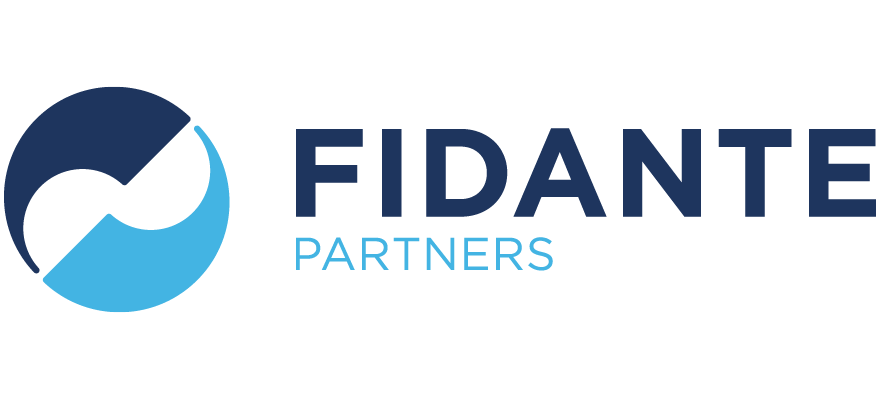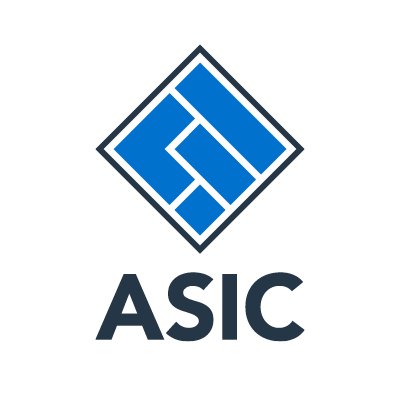Controversy continues to stalk active ETFs that hide their portfolios and hire no market makers, with Aussie corporate cop ASIC making another intervention –
.
In a new statement, ASIC strongly implied that some active ETFs are failing to adequately manage their spreads and failing to adequately disclose the values of their funds – called the indicative net asset value, or “iNAV”.
The regulator said that active ETFs must publish iNAVs as frequently “as practicably possible”, with delays permitted only to protect the fund’s intellectual property. But ASIC fell short of saying how often portfolios should be disclosed.
At the moment, some active ETF providers publish portfolio holdings only once a quarter and with a two month delay, making disclosures potentially useless for outside parties hoping to calculate an accurate iNAV. While other active ETFs opt for transparency and publish this information daily much like index ETFs.
“These are sensible governance practices,” said Sam Morris, senior investment specialist at Fidante Partners, which has two transparent active ETFs with independent market makers.
Active ETFs set to stampede onto exchange
“But this could become a point of competition and issuers could market their product as being more transparent than the competition.”
ASIC also said market markers should only use publicly-available reference prices and ensure bids and offers are only submitted by people or systems with no knowledge of the ETF’s portfolio.
This part of the directive is an attempt by the regulator to ensure market makers cannot profit by trading shares in the portfolio based on information such as knowledge of an upcoming profit announcement of one of the portfolio’s holdings, when external investors do not know what’s in the portfolio.
However, some have said that ASIC's decision here makes no sense, as market makers need to know what is in an ETF in order to ensure that the iNAV is accurate.
ASIC also worries that opaque active ETFs have an incentive to trade against unit holders, in order to crystalise performance fees. Performance fees – unlike management fees – are not built into an ETF's unit price.
“You would hope issuers thinking of issuing products with a performance fee would make it very clear that activity should be carved out, with the fee calculated without that activity being included,” Morris said. This is not applicable to Fidante given at the moment it does not make its own market and does not charge performance fees.
“To the extent we would consider issuing internal market-making products, this is something we have considered and would ensure would not happen,” he added.
ETF Insight: The future of active ETFs in Australia
ASIC undertook a review of active ETFs at the end of 2019, which resulted in the regulator lifting a ban on these products. This latest directive is a continuation of its market oversight of active ETFs.
Some commentators expect ETF providers with longer delays may tighten publishing times. In the past, ASIC has issued guidance that portfolios must be published with a delay of no more than three months – in other words, quarterly disclosure delayed by no more than one quarter.
Sign up to ETF Stream’s weekly email here




